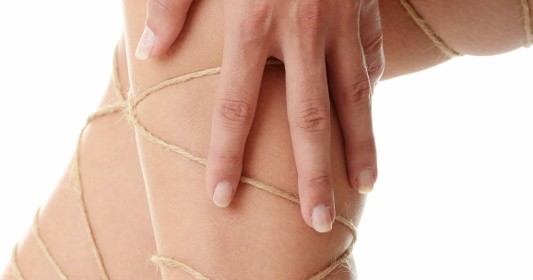
Varicose Veins
What is Varicose Vein?
Varicose vein is twisted, enlarged & deformed vein and can occur on any part. Varicose veins occur most often in the legs, where it is under the skin.
What are the Causes?
The likelihood of varicosity also increases as veins weaken with age. Contrary to popular belief, sitting with crossed legs will not cause varicose veins, although it can aggravate an existing condition.
How can a varicose vein be confirmed?
Duplex ultrasound colour doppler is the most commonly used, noninvasive test. It has the ability to know which veins have abnormal valves and their exact location in the leg. This allows the surgeon to plan accurate treatment.
Are there any complications associated with varicose veins that I should know about?
Yes. Something called Venous Insufficiency, The term refers to the changes in pressures of the venous system and varicose veins leading to permanent changes in the skin and subcutaneous tissues of the lower legs. These changes include itchy and irritable skin; tiny blue venules and discoloration of the skin around ankles; and hardening and loss of flexibility of the skin, called Lipodermatosclerosis, which can lead to ulceration that takes months to heal.
What is Laser therapy?
Endovenous laser treatment of varicose veins was originally started in Spain, & is now a popularly accepted method of closure of Varicosities without surgery. It is US FDA approved. The procedure involves using a 980 nm or 808 nm Diode portable laser, and delivers energy which is selectively absorbed by the water and haemoglobin in the vein, causing instant thrombosis, and closure. Since the heat energy generated is mainly confined to the vessel, there is no damage to the surrounding structures.







Most Commented